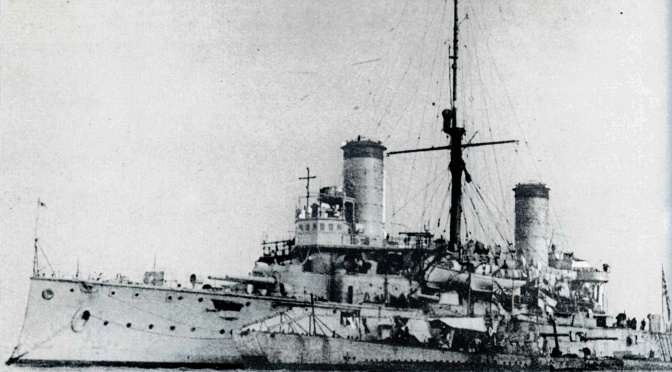Admiral Yamamoto on Rabaul in 1943 and shortly before his death.
The Imp and a Nickname
In direct contrast to his smug and no nonsense military face while on duty, Admiral Yamamoto was indeed a complex yet unselfconcious man. He was a strategist and used spontaneity to his utmost advantage…
…and typical of that time, Admiral Yamamoto sought relief and amusement in true geisha houses. (1)

The Impish Admiral Yamamoto
In Part II of this series, you learned that Admiral Yamamoto pursued gymnastics given his small build and illness-ridden childhood. He had persevered and became quite good at it. This skill came into good use throughout his military career.
Even as a young ensign, he would love to see his companions’ reactions; on the spur of the moment, for example, he would do a handstand on a ship’s rail. He was that confident in his gymnastic abilities. I wouldn’t even get near the handrail just standing on my two aging feet. I hate heights.

Still later in life, at dinner parties most often held in geisha houses, he would refrain from drinking more than a small cup or two of osake while his other navy fellows would drink to excess. If you recall, he couldn’t drink as he would turn bright red even after a sip like my Dad. All of a sudden, he would do a handstand to the amusement of not his fellow sailors but the geisha as well. As they would break out into laughter at his spontaneity then settle down, he would quietly observe them as he knew they would either serve together or under him. He sought out their weaknesses and strengths.

On yet another show of spontaneity, he was sailing to America in 1919 on board the Suwa Maru. His Japanese contingent was dining with Western diplomats when the Westerners started to get drunk and began to sing and dance. They tried to get the stoic Japanese to also dance but they refused. Very typical; I am like that. Yamamoto saw a relational rift already developing and to break it, did yet another handstand to the joy of the Westerners. He then took some dishes from a bus boy and began spinning them on his fingers to the great joy of the Westerners.
It was also said that upon his return in 1935 from failed talks in London, the now Rear Admiral Yamamoto childishly stuck his tongue out at some Akasaka geisha who were at the Tokyo train station just to get a reaction.
The Gambler Admiral Yamamoto
Admiral Yamamoto was indeed a gambling man – and a very good one at that. He would empty many a pocket of his opponents in several countries during his official and unofficial travels… even in Siberia. He remarked that the British were the easiest victims. Indeed, he had mastered bridge and later poker during his travels in America and England.
He was so openly against warring with America that the navy “hawks” despised him so much that he was “put out to pasture”, so to speak, in the Navy Affairs Bureau in 1935. At that time, he was depressed to the point that he confided with his closest friends that he was thinking about resigning – and that he would be totally happy retiring in Monaco while opening up a casino there. He was that confident in his gambling abilities.
A Nickname from the Geisha
In Part I, it was mentioned Admiral Yamamoto was given a nickname by the geisha – it has to do with money. But before I disclose what it was, some time machine action has to take place.

Admiral Yamamoto would often get his manicures from the geisha. At that time, manicures would run about one yen.
“Yen” is the monetary unit in Japan as you all know. In the 1920’s, just one yen went a long ways; it was a different time. I understand one yen could have bought about a dozen eggs or about 5 pounds of rice (which was hard to get your hands on) or about ten bowls of ramen. However, there are “100 sen” in “one yen”.
Well, he was lovingly called “八十戦” or “Eighty Sen” by the geisha. They apparently felt bad charging him one yen for a full manicure.
He only had eight fingers.
__________________________________________
More to follow in Part VII.
__________________________________________
Footnote:
(1) There are only several hundred true geisha left in Japan. A once ancient tradition, their number and appeal has diminished so much that many Kyoto merchants who had solely serviced the geisha for centuries (silk kimono making, elaborate accessories, wooden sandals, etc.) have closed their doors.


























